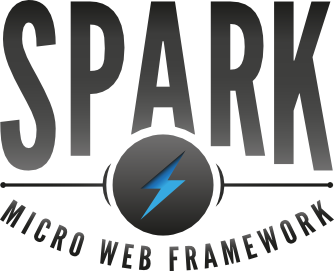http://docs.paralleluniverse.co/quasar/
From the Quasar website:
Java 7 is required to run Quasar.
Quasar is a Java library that provides high-performance lightweight threads, Go-like channels, Erlang-like actors, and other asynchronous programming tools.
Quasar’s chief contribution is that of the lightweight thread, called fiber in Quasar.
Fibers provide functionality similar to threads, and a similar API, but they’re not managed by the OS. They are lightweight in terms of RAM (an idle fiber occupies ~400 bytes of RAM) and put a far lesser burden on the CPU when task-switching. You can have millions of fibers in an application. If you are familiar with Go, fibers are like goroutines. Fibers in Quasar are scheduled by one or more ForkJoinPools.
Fibers are not meant to replace threads in all circumstances. A fiber should be used when its body (the code it executes) blocks very often waiting on other fibers (e.g. waiting for messages sent by other fibers on a channel, or waiting for the value of a dataflow-variable). For long-running computations that rarely block, traditional threads are preferable. Fortunately, as we shall see, fibers and threads interoperate very well.
Fibers are especially useful for replacing callback-ridden asynchronous code. They allow you to enjoy the scalability and performance benefits of asynchronous code while keeping the simple to use and understand threaded model.




